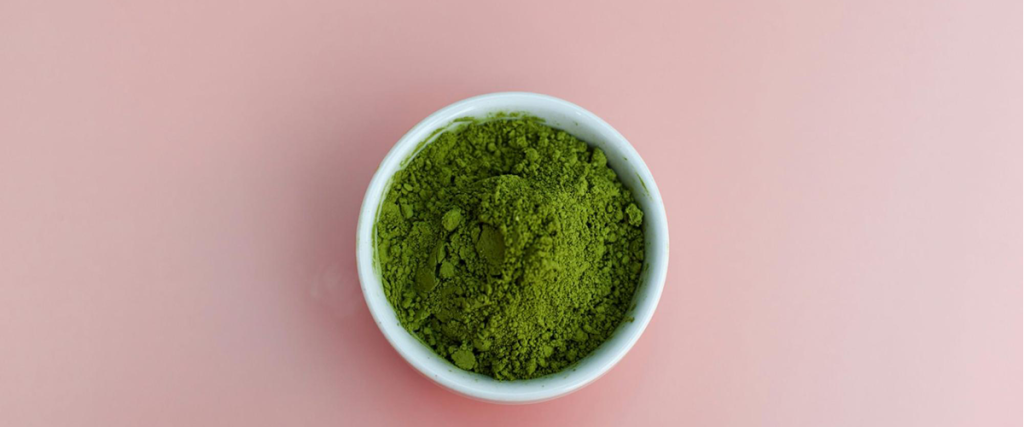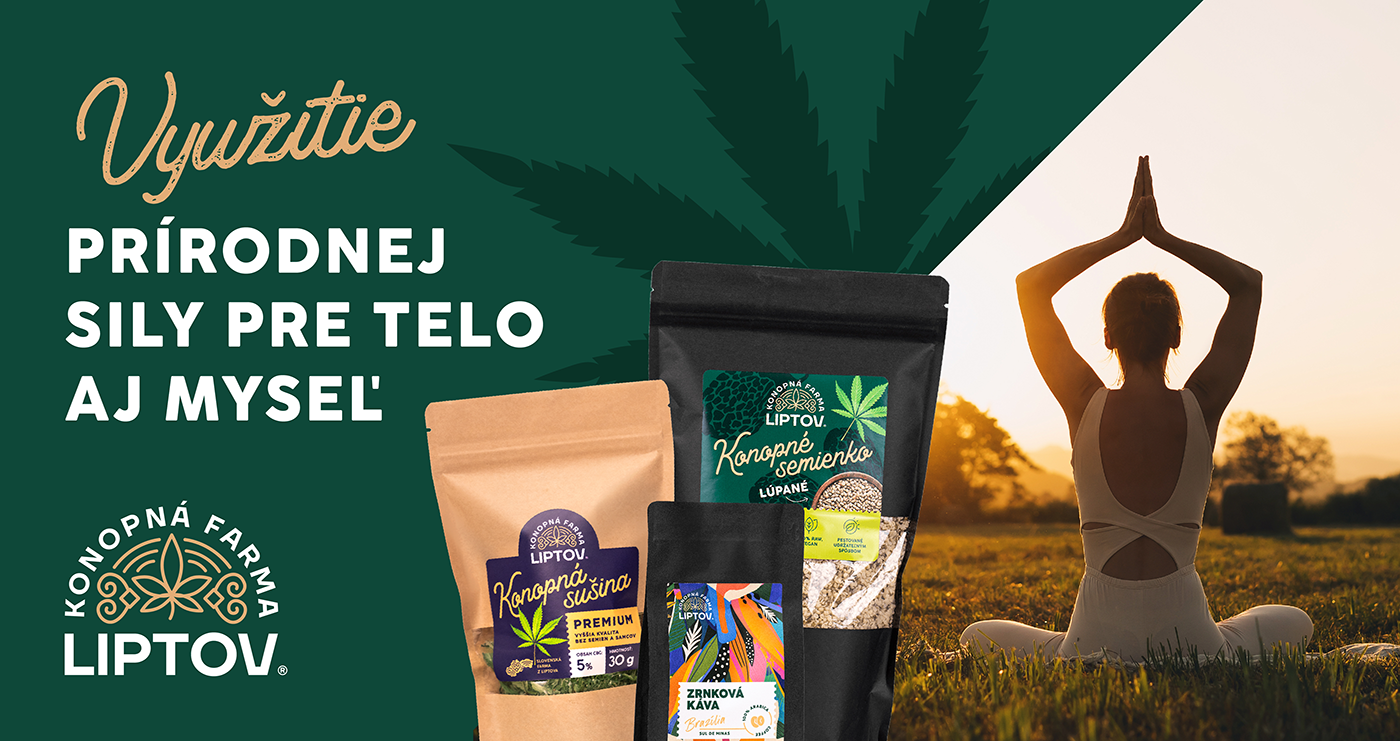What is kratom and what are its effects?

Today’s market is already quite saturated with various alternative therapies, which, however, compared to CBD oils and similar nutritional supplements, create a lot of question marks. This also concerns their safety of use. Kratom, for example, is becoming the subject of increasing concern. But what is kratom? Is it just another miracle from nature or is it more of a hidden danger? In this article, we’ll take a closer look at what kratom is, what its effects are, its dosage, and also whether it’s legal at all.
What is kratom?
If you haven’t heard of kratom and are wondering what kratom is, it’s a tropical tree whose botanical name is also Mitragyna speciosa. This tropical tree is found in Southeast Asia, for example in Sumatra, Indonesia, Thailand and so on. The leaves of this evergreen tree are rich in alkaloids, the most important of which are mitragynine and 7-hydroxymitragynine. These substances have similar effects in the body to opioids, particularly in terms of pain relief and mood enhancement. In fact, mytragynine could be compared to morphine, for example.
Even back in history, people knew what kratom was because the use and enjoyment of kratom has a long history in traditional medicine in Southeast Asia. Most commonly kratom was used to relieve pain, treat diarrhea, as a tonic to increase energy or even to improve mood. The leaves of this tree are most commonly consumed by chewing or brewed in the form of tea. In the manufacturing process, kratom leaves can be dried and ground into a powder, which is then packed into capsules or added to various beverages.
Kratom is also known by other names such as thang, kakuam, thom, ketum and biak in Southeast Asian areas. However, in our country it is known as ‘kratom’. In the United States of America, but also in Europe, illicit use and abuse have increased significantly in recent years. And although kratom is often used for its sedative, relaxing effects, is it really safe to use?
What effects does kratom have?
What kratom actually does to the human body also depends on the dosage. But in this section, we will look at the positive effects associated with kratom use. However, it should also be mentioned here that its use should not be on a daily basis and the maximum dose per day should not exceed more than 12g.
One of kratom’s best known effects is its analgesic effect. Taking kratom can give people pain relief, which is a great benefit for people suffering from chronic pain or as pain relief after surgeries. This effect is often accompanied by a mild feeling of euphoria and well-being, which as a result also contributes to an overall sense of relief.
In addition to its analgesic effect, kratom also has stimulant properties. In low doses, it gives a feeling of energy, promotes concentration, which can show in the result on work performance, and can also improve mood. These effects of kratom are often used in work or study environments where increased attention and performance are required.
On the other hand, in higher doses kratom exhibits sedative effects. These effects can cause calming, relaxation or fatigue which in turn is useful for people who suffer from anxiety, depression or insomnia. Many people use kratom to promote healthy sleep and to relieve stress after a busy day.
Side effects of kratom
However, Kratom also has side effects on humans that can be quite dangerous as well. First of all, it must be said that high doses of kratom use have very adverse effects on the liver, which is reflected in its damage. Some of the adverse effects of kratom can include, for example, feelings such as heart palpitations, nausea, anxiety, hallucinations, aggressiveness. Very serious effects include breathing problems and there is also a risk of death.
However, what is a very adverse effect is the fact that kratom use can also lead to the development of dependence and tolerance. This means that one needs increasingly larger doses of kratom to achieve the same effects. Such high dosages of kratom lead to addictions that are really hard to get rid of.
The long-term consequences of kratom use are not fully known. However, in some cases, individuals have confirmed that long-term use of high doses of kratom has caused very serious problems with liver health. Another danger associated with kratom use is that dangerous contaminants such as heavy metals and bacteria have been found in some products. Well, it is these contaminants that can cause very serious health complications.
How is kratom taken?
What is specifically used from this tree are the leaves. These can be processed in a variety of ways, in the form of powders, teas and the like.
One of the ways kratom can be enjoyed is by chewing its leaves. This method of use is most popular in Southeast Asia, where kratom originated.
In our country, kratom is a popular way of taking kratom in powder or capsule form. The powder can be mixed into food or various drinks, capsules, on the other hand, can be washed down with water. Another option is to make tea from kratom leaves. Similar to how tea is made from CBD flowers kratom leaves are boiled in water for a period of time to extract their active ingredients. The result is a tea that you can just drink.
As for the dosage itself, the dose should not exceed 12 grams. A high dose is already considered to be 16 grams. But it is definitely not recommended to take kratom in higher doses than 25 grams per day.
Types of kratom
Kratom is distinguished by the different species or shades of this plant. The key aspect or the main criterion in this grading, is the color of the veins on the leaves of the plant. Based on these colors, kratom is divided into three basic groups: white, green and red kratom. There are other divisions such as yellow, black and golden kratom, but we will present the three most basic types of kratom.
Red kratom – is a type of kratom that is characterized by its relaxing and analgesic effects, so it is mostly used in cases for pain relief, calming and for insomnia.
Green kratom – this kratom is known for its balanced effects between stimulating and relaxing properties. The effects of green kratom are, for example, improved mood, more energy. It is also used to relieve stress, anxiety and increase concentration, for example.
White kratom – is perhaps the most popular type of kratom, thanks to its strong stimulating and invigorating effects. Even some athletes take this type of kratom, precisely because of its stimulating effects.
Is kratom legal in Slovakia?
Until 2021 kratom was legal in Slovakia and its sale was also legal. However, during 2021 kratom became more discussed in the government and became a much debated topic, as well as its legality. Eventually, these discussions led to a clear result – based on Resolution 541/2021 of 29 September 2021, kratom is classified as a narcotic and psychotropic substance. Thus, in relation to this resolution, the sale, possession, purchase and possession of kratom is prohibited from the date of 9.12.2021. However, in some European countries, such as Hungary, Austria, Germany, Belgium, Albania and others, kratom is still legal.
CBD vs Kratom
In case you have some problems in which kratom could help you, such as pain, insomnia, stress, etc., reach for legal natural preparations, such as CBD oil. It is the use of CBD that is a very popular solution to a large number of health problems. These are nutritional supplements that are a good natural alternative to solve some problems. You can read more about CBD in our article – What is cannabidiol (CBD) and what are its effects.
Comparing CBD and kratom is interesting because both of these natural substances have their own effects and uses. CBD (cannabidiol) is one of the many substances found in the hemp plant (Cannabis sativa). It is known for its potentially beneficial effects in relieving pain, anxiety, stress and insomnia, while it does not produce the psychoactive effects that are induced in the case of cannabis use. CBD is often used in the form of oils, capsules, ointments or various food supplements.
On the other hand, kratom is a tropical tree native to Southeast Asia whose leaves are known to have psychoactive properties. Consumption of kratom can have various effects including stimulation, relaxation, pain relief, however, it also causes side effects and is also addictive. As a result, it has been designated as a banned narcotic and psychotropic substance by some countries.
Although CBD and kratom share some common effects, such as pain relief and relaxation, their origins, composition and effects differ greatly. CBD is a safer, legal alternative with a low risk of side effects and addiction, while kratom is associated with addiction and more severe side effects.


